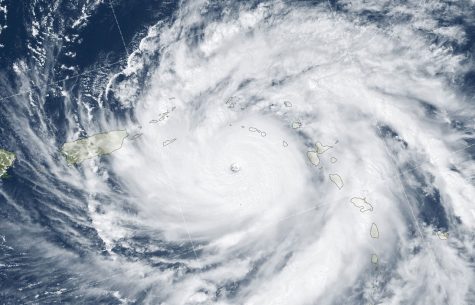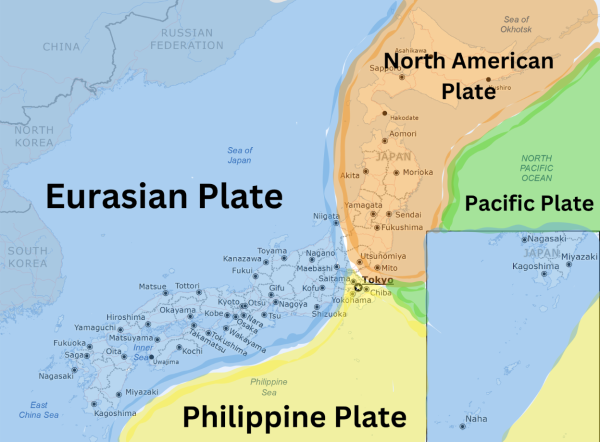Climate change takes a turn for the extreme
Why the world is seeing more prevalent cases of extreme weather.

It seems as though recent headlines are flooded with stories about tropical storm activity, the latest hurricane death toll, how to be prepared for inclement weather, evacuation warnings, and the bleak storm season ahead. Last year, the Atlantic basin saw 17 named tropical storms, 10 hurricanes, 6 of which were classified as capable of extreme damage. 2018 is the most active year of hurricane activity on record, and there is still more than a month left of hurricane season. Could the recent surge in tropical storms and hurricanes be explained with more than sporadic coincidence? Professor of climate change communication at George Mason, Edward Maibach, explains how this increase in extreme weather is not a normality and its connection to human activity.
Extreme weather takes many forms. Obvious examples include hurricanes and tropical storms, but the more subtle examples occur in Americans’ everyday lives – many of whom are unaware of the intensifying weather. Over recent decades, summers have grown longer and hotter and winters have gotten shorter and warmer. Rain showers and rainfall have increased and allergy seasons are longer. These are all examples of “extreme” weather, although the idea seems foreign because these climate abnormalities occur every day and have integrated themselves into everyday livelihoods. More drastic examples of extreme weather include flooding, wildfires, and erosion.
Extreme weather cases can be attributed to climate change, the change in global and regional climate patterns. The National Climate Assessment has published multiple studies on climate change, confirming that human actions are the main cause of global warming and the subsequent change in climate. Widespread use of fossil fuels and deforestation has increased the amount of carbon dioxide in the earth’s atmosphere by 40% since the Industrial Revolution that sprung almost 200 years ago. Carbon dioxide and other heat-trapping gases released from fossil fuels trap heat inside the earth’s atmosphere, preventing heat from leaving the ozone and increasing the overall temperature of the earth. Gradually over time, the increase in global temperature altered weather patterns, which manifests itself in the cases of extreme weather.
According to Professor Edward Maibach, a climate change communications professor at George Mason, there is still time for human beings to reverse the damage done to planet Earth. If nothing is done, the planet will undoubtedly see an increase an irregular weather and become much less hospital to human life for future generations. “The good news, however, is that if we do rise to this challenge, the lives of people in the future generation will likely be longer, healthier, and more prosperous than what we enjoy today,” he says. In order to do so, governments and people around the world must make a dramatic decrease in fossil fuel usage. “The fossil fuel industry would like us to believe that clean energy is too expensive, or too unreliable, to replace fossil fuels. The truth is that the sooner we make the change to clean energy, the sooner Americans and people worldwide will be healthier and more prosperous.”

Hi! My name is Wendy Gao, and I am a senior. I have been part of the Oakton Outlook for the past three years, and it has become a significant part of my...





